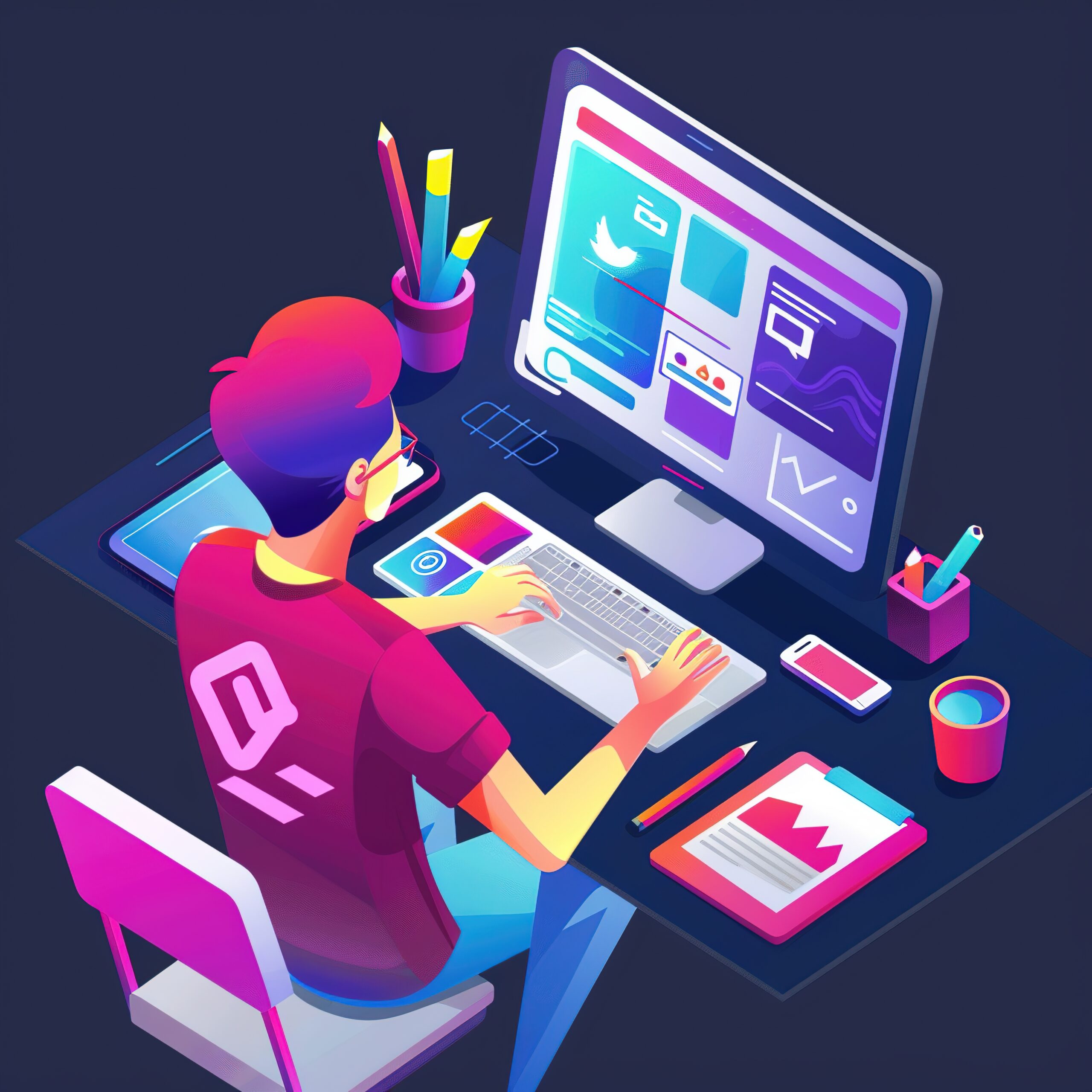Hiring a web designer is a big step for any business or individual looking to establish a solid online presence. A well-designed website is essential for engaging visitors, building credibility, and driving business growth. But before you dive into the hiring process, there are several things you should consider to ensure you get the most out of your investment. Here’s a guide on what to do before hiring a web designer:
1. Define Your Website’s Purpose and Goals
Before reaching out to a web designer, it’s important to have a clear idea of what you want to achieve with your website. Ask yourself:
- What is the primary goal of the website? (e.g., selling products, generating leads, showcasing a portfolio, etc.)
- Who is your target audience?
- What specific features or functionalities do you need? (e.g., e-commerce capabilities, contact forms, booking systems)
Having a clear vision will help the designer understand your needs and create a website that aligns with your goals.
2. Research Your Industry and Competitors
Take the time to explore websites in your industry. This research can help you identify trends, design styles, and functionalities that you like (or dislike). It’s also useful for understanding what works well for your competitors and what you can do differently to stand out.
Create a list of competitor sites that inspire you and note down specific elements you’d like to incorporate into your website. This will provide your designer with valuable direction.
3. Determine Your Budget
Web design costs can vary widely depending on the complexity of the project, the designer’s expertise, and the type of website you want. Before contacting potential web designers, establish a budget range that you’re comfortable with. Keep in mind that this budget should also include ongoing costs like:
- Hosting and domain fees
- Maintenance and updates
- Additional features like SEO or e-commerce integration
Having a clear budget in mind will help you find a designer who fits within your financial expectations and can deliver the desired outcome.
4. Consider Your Content Needs
Your website’s design will be influenced by the content you plan to include. Before hiring a designer, start thinking about:
- The number of pages (Home, About, Services, Blog, Contact, etc.)
- Text content for each page
- Images, videos, or other media
- A logo and brand colors (if you already have them)
If you don’t have content ready yet, consider whether you need the designer to help with content creation or if you’ll be working with a separate content writer.
5. Choose a Design Style
Web design is all about aesthetics and user experience, so it’s important to have a general idea of what kind of design style you want. Do you prefer a minimalist look? Something bold and colorful? Or maybe something modern and sleek?
Browsing through design inspiration websites like Dribbble, Behance, or even Pinterest can help you get a feel for the styles you like. When speaking with a designer, you’ll want to communicate these preferences clearly to avoid misunderstandings later on.
6. Decide on a Platform or CMS
Consider which platform or Content Management System (CMS) you want your website to be built on. Some of the popular options include:
- WordPress: A flexible CMS ideal for blogs, small businesses, and even e-commerce.
- Shopify: A leading platform for e-commerce websites.
- Wix or Squarespace: Great for simple, template-based websites.
Your choice will depend on your technical knowledge, the type of website you need, and your long-term goals. If you’re not sure which platform is best, your web designer can advise you.
7. Gather Examples of What You Like
As you prepare to hire a web designer, compile examples of websites that you like. These don’t have to be from your industry—they could simply reflect design elements, functionality, or layouts that appeal to you. By providing concrete examples, you’ll make it easier for the designer to understand your preferences and expectations.
8. Think About SEO and Future Growth
While design is important, so is the performance of your website. Consider how search engine optimization (SEO) fits into your website plan. Will you need:
- SEO-friendly design practices?
- Keyword-optimized content?
- Mobile responsiveness?
If you anticipate scaling your business or adding new features to the site in the future, make sure you discuss these possibilities with your web designer to ensure the website can accommodate growth.
9. Prepare a List of Questions
Once you’ve done your homework, it’s time to prepare for your conversation with the web designer. Here are some key questions you can ask:
- Can you show me examples of websites you’ve designed?
- How do you handle revisions and feedback?
- What is your timeline for a project like mine?
- Do you offer post-launch support and maintenance?
- Will the website be optimized for mobile devices?
Asking these questions will help you gauge the designer’s expertise, communication style, and how well they align with your needs.
Final Thoughts
Hiring a web designer can be an exciting step toward building your online presence, but preparation is key to getting the best results. By clarifying your goals, researching your competitors, and understanding your content needs, you’ll be in a strong position to work with a designer and create a website that reflects your brand and supports your business.
At DMV BRANDING, we specialize in website design and development, offering customized solutions to meet your specific goals. If you’re ready to bring your vision to life, get in touch with us today!

